It started small. My vision was a little blurry after working on the computer for a few hours. Then, I started to get headaches in the late afternoon. A few weeks later I noticed that I was having trouble reading street signs. Sound familiar?
I refused to pay attention to the symptoms until I noticed the blurriness and headaches completely disappear after the Thanksgiving break. I realized that my three- or four-day break from screens while family was in town gave my eyes a rest. Of course, too much screen time.
This was both a relief and terrifying. I wasn't losing my vision, but as a writer, I make my living on the computer. How could I keep my job and my vision? I started doing research on how to preserve my vision while still looking at screens all day long. This began a vigorous dedication to changing some of my work habits, but it is totally worth it -- and you can do it, too. Here is what I have tried, based on the research:
Tips for Eye Strain:
1. Eye Flexibility
The first thing I read about was improving your eye muscle flexibility. Whenever my eyes start to feel tired or the edges of my vision blur, I do a couple of eye flexibility exercises:
- Slowly make a figure-eight with your eyes
- Move your eyes up and down and from side to side in an open space
- Massage the areas around your eyes (not on top of your eyes, but the muscles around them)
2. Eye Breaks
I now have an annoying but helpful reminder in my phone every hour to take an eye break. This means I get up and take a short walk if I can. At the very least, I look out the window and do some flexibility and strength exercises.
3. Light
One of the best tips I found comes from the Bates method. I have not done any of the Bates courses, but one of the tips they recommend is to go out in the sun, close your eyes and slowly turn your head from side to side with the sun shining on your face. I find this incredibly relaxing, and it is a great way to give your eyes a break.
4. Eye-Strengthening Exercises
I find these hard to do, but they have greatly helped the blurriness I was seeing. Here are a few eye exercises I like:
- Hold your thumb a few inches in front of you. Practice focusing on your thumb and something at least 20 feet away from you. Making your eyes do short and long distance helps them get stronger.
- Blink rapidly when your eyes are tired. This can help your muscles relax and helps with blurriness.
You can also try lightening your screen brightness and increasing font size on Kindles and emails. As we spend more and more time on our devices, it is important to let our eyes catch up. Don't neglect your eyesight for too long and learn to build in breaks and exercises while you still can.
For more by Vanessa Van Edwards, click here.
For more on personal health, click here.